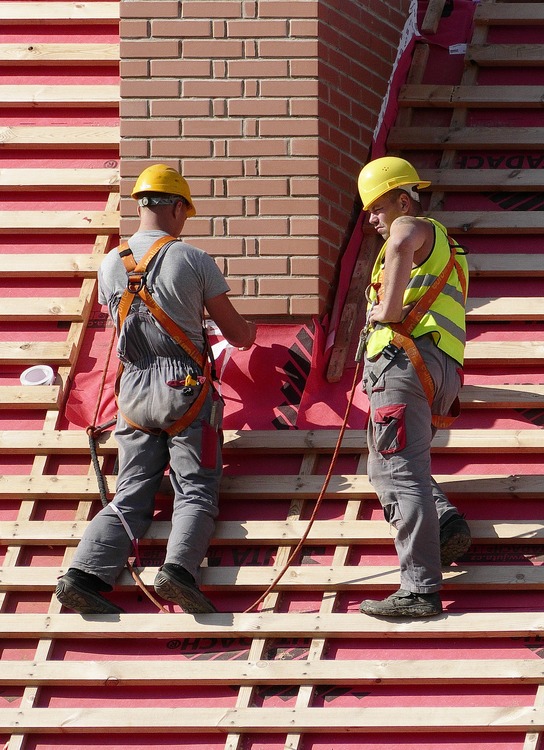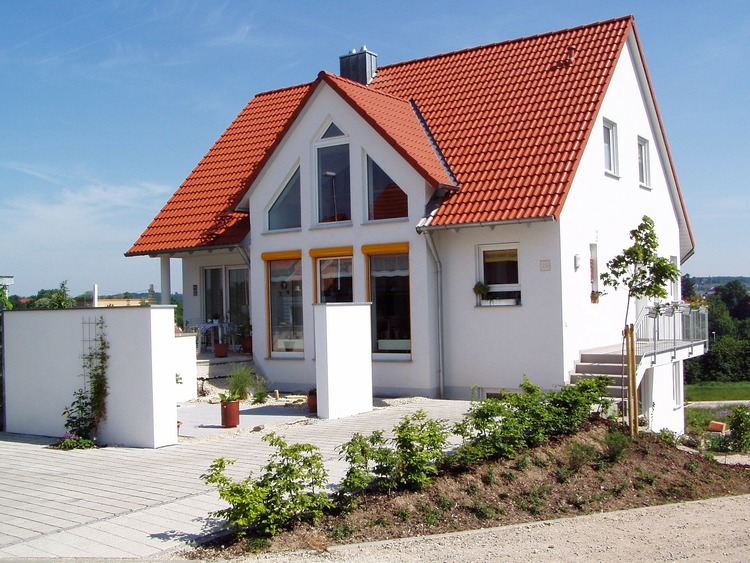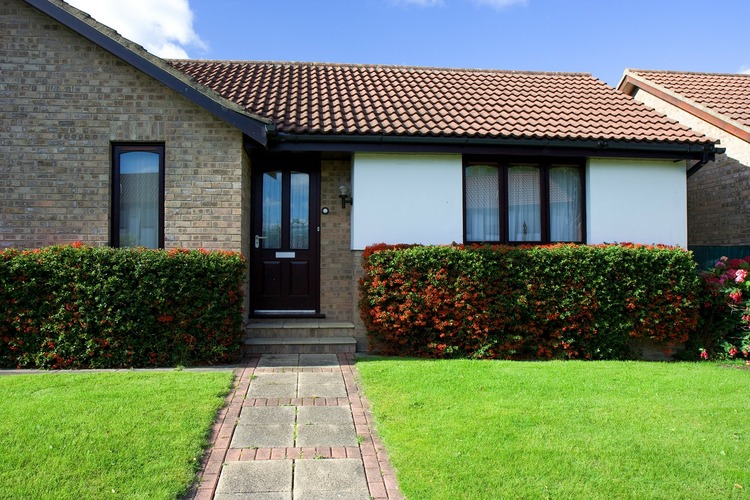ROOF MAINTENANCE
Let’s work together
Roofing 101: The different types of Roofing Materials You Should Know About
Your roof adds to the beauty, value, and aesthetics of your building and this is why you should pay as much attention as possible to ensure that the roof is well maintained. Proper roof maintenance may require that you launch a hunt for the best Roof Maintenance Company Near Me, and if you find one, you will be glad you did.
It is however sad that no matter how good you are at maintaining your roof, someday, it will become old and require that you re-enter the market in search of another roof. While some property owners will choose Estero Roofing Company to repair their roofs for as long as it will hold, others are more interested in the cost-effective option, roof replacement.
When considering Roof Replacement Estero or even for new roof installations, you are most likely to lean in the direction of a roofing material you have used before, that is if such a roofing material has given you nothing but good results over the years. Some others who are either unsatisfied with the choice of their roof or those willing to explore will be more inclined to try out the new products in the market.

Asphalt Shingles
Asphalt shingles are the most common roofing materials for residential properties across the United States. This roofing material has gained popularity because of the ease of installation and its economic value. Some property owners may also choose to reinforce this roofing material with organic materials like cellulose or fiberglass in a bid to improve insulation.
Positives: Choosing the asphalt shingle roofing material is less expensive and offers homeowners a variety of colors to choose from to match their building needs. What’s more, is that this roofing material is widely available.
Negatives: This roofing material does not offer as much insulation as most homeowners require. In addition, asphalt shingles have a shorter life span compared to other roofing materials.
Clay and Concrete Tiles
Clay and concrete tiles add charisma and beauty to the home. The elegance offered by this roofing material is only rivaled by a few other roofing materials. People who choose the clay and tiles roofing material enjoy the ribbed, flat or scalloped option that offers longevity and durability. While this roofing material is long-lasting, it should be noted that it is heavy and thus requires extra care during installation.
Positives: These roofing materials are energy efficient and offer better insulation. The clay and concrete tiles are also long-lasting and non-combustible.
Negatives: This roofing material is both expensive, heavy and requires additional framing.
Metal Roofing
Homeowners who choose to use metal roofing for their properties can choose between the two options of panels and shingles. These roof materials are great for areas with extreme weather conditions. Users can choose from metal roofs made from either zinc, aluminum, stainless steel or copper.
This roofing material is becoming more popular in recent years and is ideal for homes located in hotter regions.
Positives: This roofing material lasts longer than most other roofs and are mode durable compared to the asphalt or wooden roofs. Users can also enjoy high solar reflectance thus making it a perfect fit for homes in hotter climates.
Negatives: Metal roofing is expensive to purchase.
Slate
Slates are known to offer a combination of beauty and performance. Giving the home a distinctively elegant appearance, slates are available in a wide variety of colors including green, purple, red, black, grey and more. One of the most important reasons why slates have become a common material for roofing is durability as it can last as long as 75 years.
Positives: It is durable and long-lasting. It is fire-resistant, sustainable and can be recycled.
Negatives: Slate is a heavy roofing material and similar to clay and concrete tiles, it requires framing and professional know-how.
Wood Shingles
Wood shingles are made from wedge-shaped pieces of natural wood. Although this roofing material adds beauty to the house, it is expensive and less durable, especially when not properly maintained. However, wood shingles are environmentally friendly.
Positives: They offer beauty and elegance to the home. Available in cedar, redwood and southern pine options.
Negatives: They do not do well in wet climates and can give rise to molds, rot or splits. Wood shingles are also susceptible to fire.
Synthetic Roofing Products
These are new roofing products that are made from rubber, plastic, polymer and more. They are available in a wide variety of color options, textures, and look. They are designed to be strong and can be easily maintained at no extra cost.
Positives: Inexpensive, easy to maintain, and strong.
Negatives: May be prone to early damage.

What to consider before selecting a roofing material
When selecting roof materials, there is a need to know what to consider, especially as it influences your final decision. Below are some of the top considerations to put into perspective;
- Whether or not the material measures up to the fire code of your local area
- Is the material heavy and will it require any special attention in the form of framing?
- Can the material be gotten in a variety of colors, textures, styles, and others to compliment your building?
- Does the product offer a manufacturer warranty and how long is the warranty period?
- Does the material perform well in your local area especially with regards to the prevalent weather conditions?
- Does the material require any special installation and maintenance practices
After having considered the above-listed points, choose the material that is most suitable for your roofing needs
Get Your Free Estimate Today!

For all your residential and commercial roofing needs.





